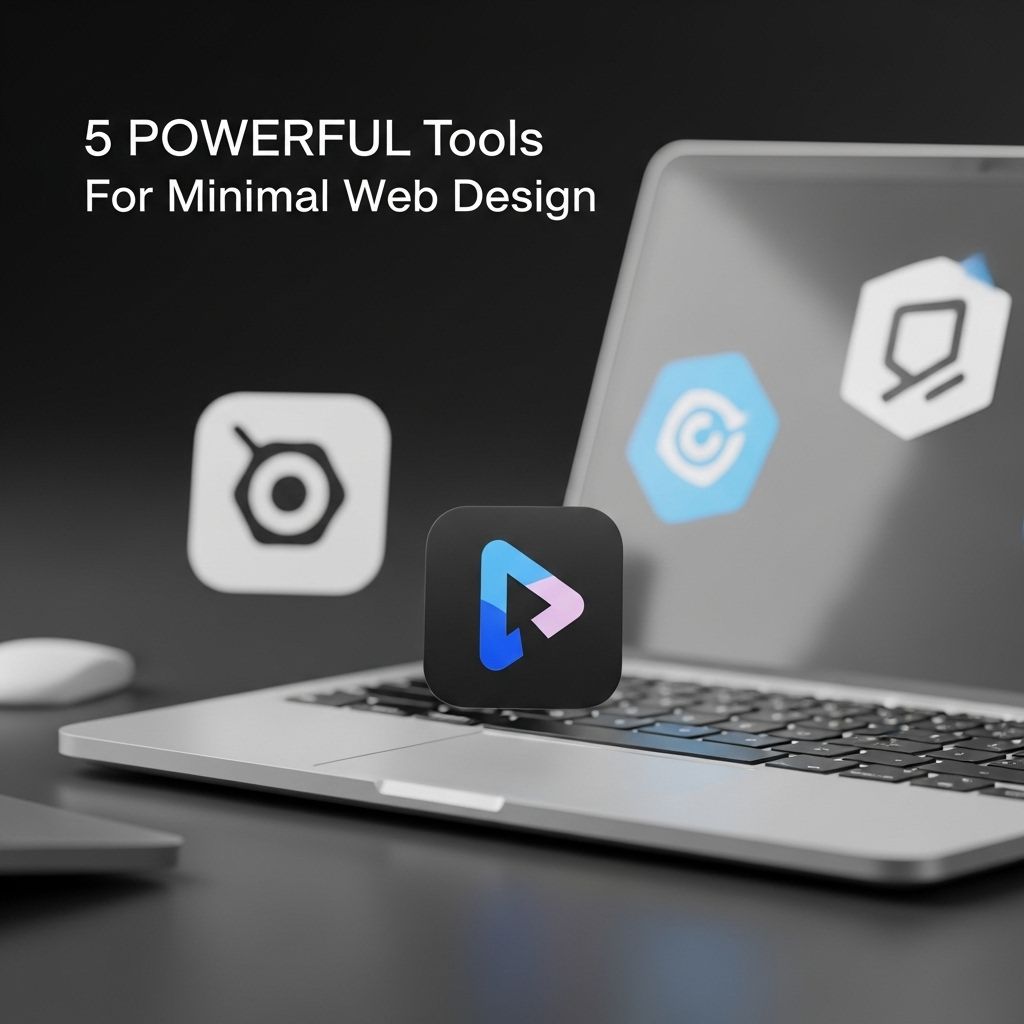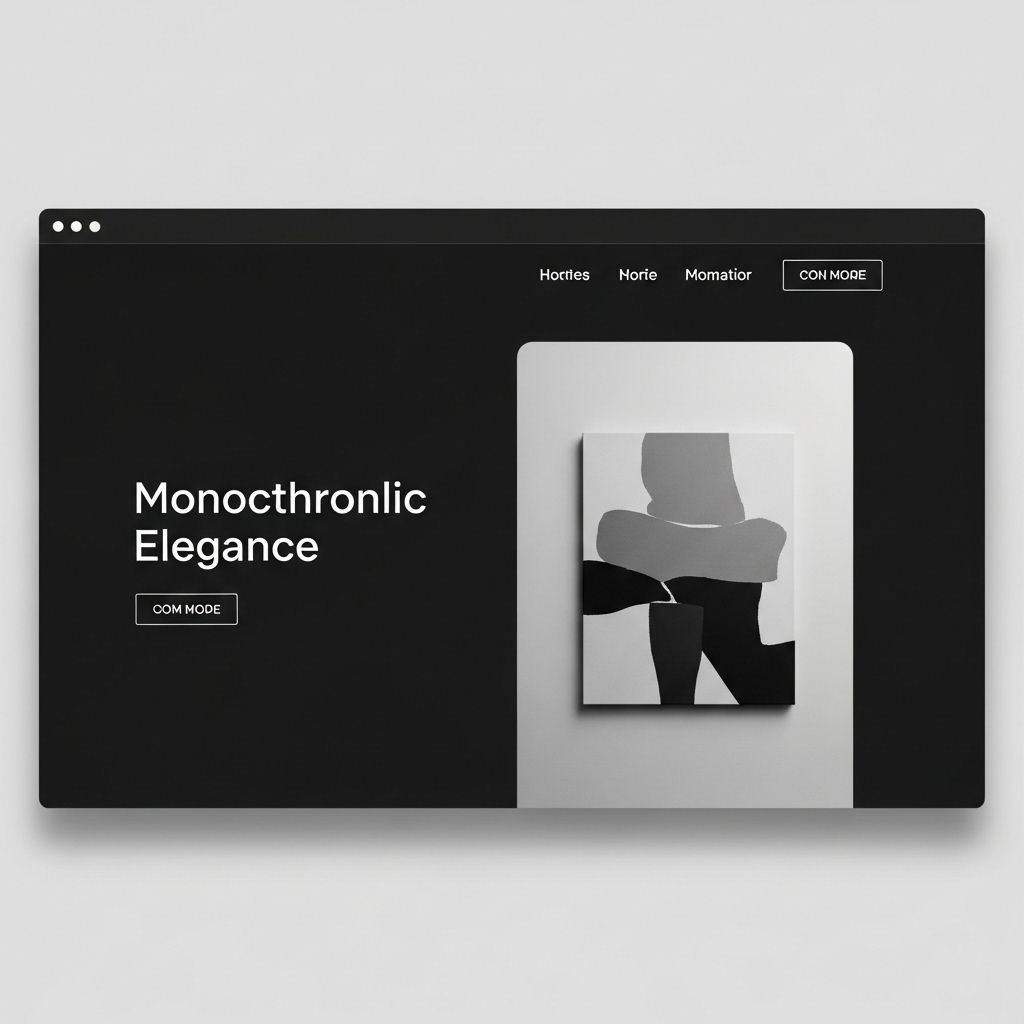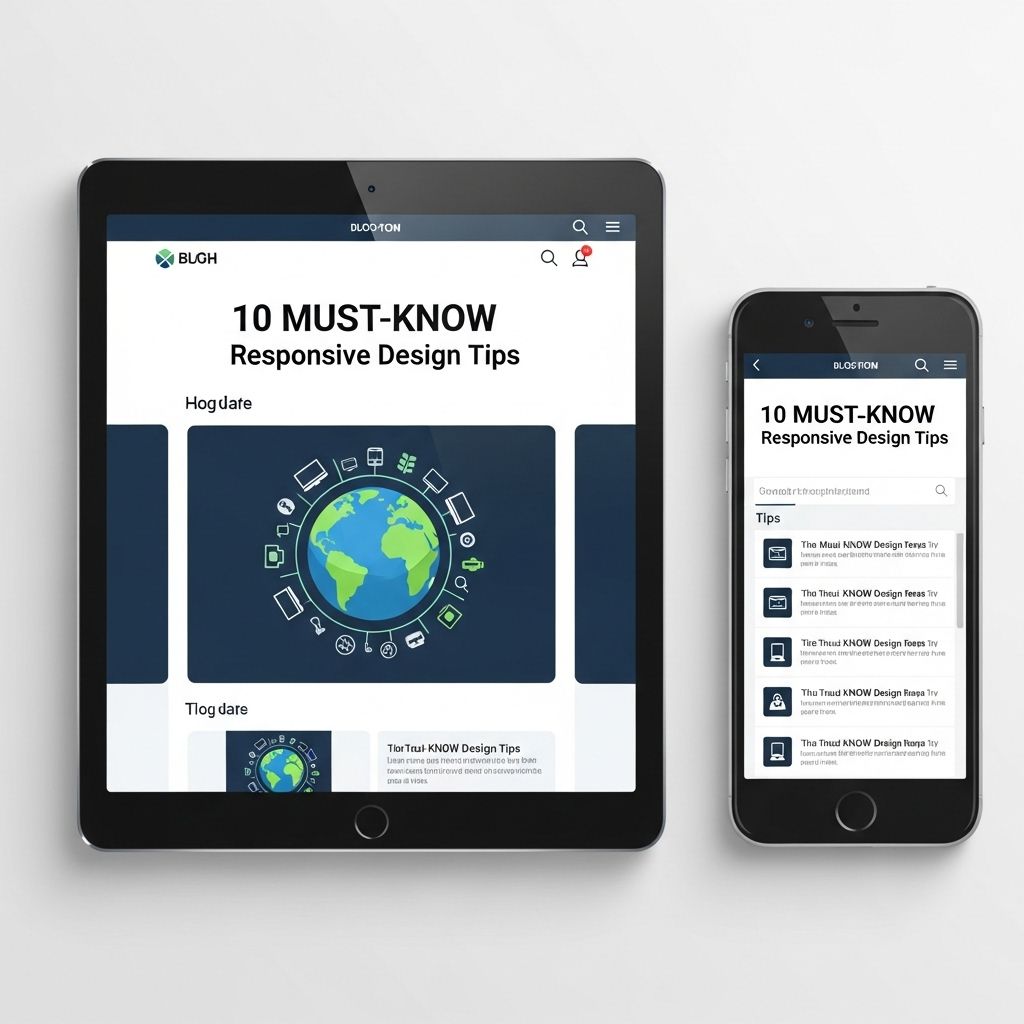In the rapidly changing landscape of web design, staying ahead requires a continuous commitment to learning and adapting. Whether you’re a novice looking to break into the field or an experienced designer seeking to refine your skills, there are numerous avenues to enhance your expertise. This article delves into essential strategies and resources that can help you elevate your web design skills and ultimately create more impactful and user-friendly websites.
The Importance of a Strong Foundation
Before diving into advanced techniques, it’s crucial to solidify your foundational knowledge. Understanding core concepts will not only build your confidence but also empower your creativity.
Key Areas to Focus On
- HTML & CSS: Mastering the building blocks of web design is essential. Familiarize yourself with semantic HTML and CSS3 to create responsive layouts.
- JavaScript: A basic understanding of JavaScript and its frameworks can significantly enhance interactivity and functionality on your websites.
- Web Accessibility (a11y): Prioritize inclusive design by learning about accessibility standards and how to implement them.
- User Experience (UX): Understand the principles of UX design to create intuitive and user-friendly interfaces.
Investing in Learning Resources
With a strong foundation in place, it’s time to explore educational resources that can help you sharpen your web design skills.
Online Courses and Platforms
Consider enrolling in specialized online courses to gain structured knowledge and practical experience. Here are some reputable platforms:
- Coursera: Offers courses from top universities covering web design, UX, and coding.
- Udemy: Features a wide range of practical courses focusing on specific technologies and design principles.
- edX: Provides high-quality courses from institutions like MIT and Harvard.
- LinkedIn Learning: A great resource for professional development with a vast library of design tutorials.
Practical Experience: The Key to Mastery
Theoretical knowledge is essential, but applying what you’ve learned is where real growth happens. Here are some practical strategies to gain hands-on experience:
Portfolio Development
As you enhance your skills, create a portfolio showcasing your best work. A strong portfolio not only demonstrates your abilities but also acts as a tool for self-reflection and growth.
Freelancing and Contract Work
Consider taking on freelance projects or short-term contracts. This experience will expose you to real-world challenges and diverse client needs.
Join Design Communities
Participating in design communities can provide valuable feedback and networking opportunities. Consider joining:
- Dribbble: Showcase your work and connect with other designers.
- Behance: A platform to display your projects and discover others’ work.
- Reddit: Engage in design discussions and receive critiques on subreddits like r/web_design.
Learning Through Inspiration
Staying inspired is vital for creativity. Explore different sources of inspiration to broaden your design perspective.
Web Design Galleries
Visit online galleries to observe the latest trends and innovative designs:
| Website | Description |
|---|---|
| SiteInspire | A curated showcase of the best web design. |
| Awwwards | Recognizes and promotes the talent of web designers worldwide. |
| CSS Design Awards | Celebrates web designers’ creativity and technical skills. |
Books and E-books
Consider reading books written by industry experts. Notable titles include:
- “Don’t Make Me Think” by Steve Krug – A classic on web usability.
- “The Design of Everyday Things” by Don Norman – Insights into design principles.
- “Refactoring UI” by Adam Wathan and Steve Schoger – Practical tips for UI design.
Keeping Up with Industry Trends
The web design industry is continuously evolving. Staying updated with current trends will help you remain relevant in your work.
Subscribe to Newsletters and Blogs
Regularly read web design blogs and subscribe to newsletters. Recommended sources include:
- A List Apart: Covers standards and best practices in web design.
- Smashing Magazine: Offers articles on design and development.
- Webdesigner Depot: A resource for web design news and trends.
Attend Conferences and Workshops
Participating in industry conferences and workshops allows you to learn from experts and network with peers. Consider events like:
- Smashing Conference: Focuses on web design and development.
- An Event Apart: Concentrates on web standards and best practices.
Utilizing Design Tools Effectively
Familiarizing yourself with design tools can streamline your workflow and enhance your design capabilities.
Essential Tools for Designers
Here are some must-have design tools:
| Tool | Description |
|---|---|
| Adobe XD | A powerful tool for designing and prototyping user experiences. |
| Figma | A collaborative interface design tool that allows for real-time editing. |
| Sketch | A vector design tool tailored for web and mobile app design. |
| InVision | A prototyping tool that helps visualize the user experience. |
Embracing Feedback and Iteration
Finally, embracing feedback and iteration is essential in the design process. Constructive criticism from peers or users can provide invaluable insights that lead to improved designs.
How to Incorporate Feedback
- Seek Feedback Early: Present your work to peers before finalization.
- Be Open to Critique: Understand that feedback is aimed at improving your work.
- Iterate Based on Insights: Use the feedback to make informed design decisions and revisions.
Conclusion
Elevating your web design skills is an ongoing journey that involves continuous learning, practical experience, and staying inspired. By building a solid foundation, investing in resources, practicing your skills, and remaining aware of industry trends, you can transform your web design capabilities and create meaningful digital experiences. Remember, the world of web design is vast—embrace the challenge and enjoy the creative process!
FAQ
What are some effective ways to improve web design skills?
To improve your web design skills, consider taking online courses, practicing with real projects, seeking feedback from peers, and staying updated with the latest design trends and tools.
How important is understanding user experience in web design?
Understanding user experience (UX) is crucial in web design as it ensures that your designs are user-friendly, accessible, and tailored to meet the needs of your audience.
What resources can I use to learn about web design?
You can use resources like online learning platforms (e.g., Coursera, Udemy), design blogs, YouTube tutorials, and books focused on web design principles and best practices.
How can I find inspiration for my web design projects?
You can find inspiration for your web design projects by exploring design galleries, following design communities on social media, and studying the work of successful designers.
What tools are essential for web designers?
Essential tools for web designers include graphic design software like Adobe Photoshop and Sketch, prototyping tools like Figma and InVision, and code editors like Visual Studio Code.
How can I stay updated with the latest web design trends?
To stay updated with the latest web design trends, subscribe to design newsletters, participate in design forums, and regularly check industry websites and blogs for new developments.




